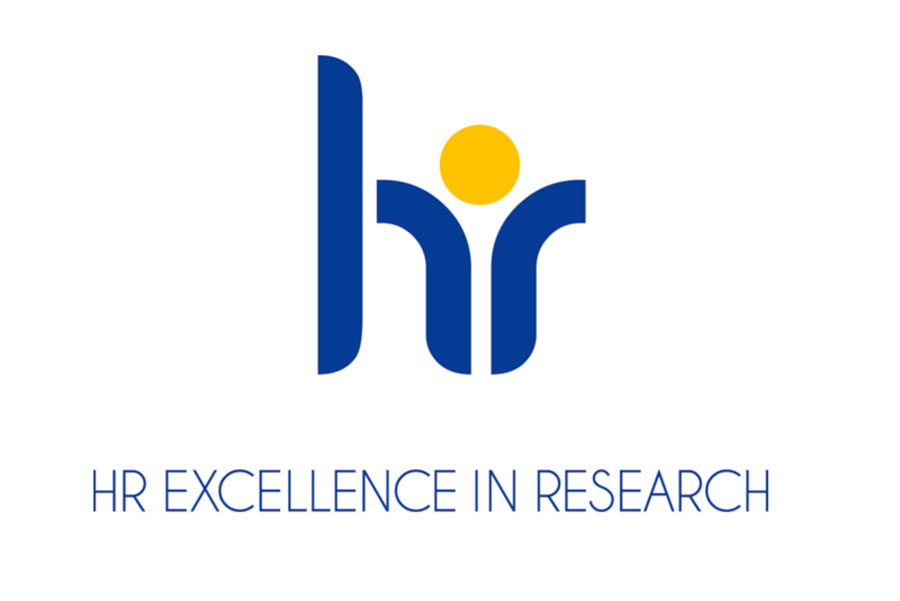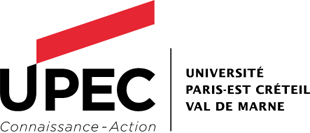- Download PDF
-
Partager cette page
- Download PDF
You are here :
- EN ›
- Research and Innovation ›
- HRS4R Labelling Process
- Research,
HRS4R Labelling Process (Human Ressources Strategy For Research)
Published on September 11, 2023 – Updated on September 18, 2025
With 32 research laboratories, research at UPEC (University Paris-Est Creteil) has an international presence and actively participates in important collaborative networks. To support and strengthen this dynamic, the university aims to enhance its recruitment practices and the working environment for its researchers by adopting, like its French and international partners, the principles of the "European Charter for Researchers" and the "Code of Conduct" for their recruitment.

The "European Human Resources Stragegy for Resersach" (HRS4R) in a few words
Initiated in 2005, the European Human Resources Strategy for Research aims to increase the attractiveness of research careers and the human potential of European laboratories. This strategy is based on the European Charter for Researchers and the Code of Conduct for their recruitment, as well as the principles of Openness, Transparency, and Merit (OTM) that guide the entire process.The Charter and Code of Conduct define 40 recommendations across four main themes:
- Ethical aspects and professional responsibilities
- Recruitment, career development, and mobility
- Working conditions, safety, and the work environment
- Training
WHY OBTAIN THE HRS4R LABEL?
Obtaining the HRS4R label addresses three key objectives for the University:- Increase the attractiveness of our laboratories, provide a high-level working environment for our research staff, and evolve our HR processes progressively and continuously.
- Support the integration of our laboratories into national and international research consortia, where the HRS4R certification becomes a mark of trust beyond scientific quality.
- Secure our European funding, as these funds are now conditioned on the adoption of the 40 principles of the European Charter for Researchers and the Code of Conduct (Article 32 of the H2020 Grant Agreement)
THE STEPS AND WORK METHOD ADOPTED AT UPEC
The HRS4R labelling process is a lengthy and ongoing process.A first 12-months phase allows us to conduct an internal analysis of our strengths and weaknesses in relation to the 40 recommendations and to develop an action plan to consolidate our strengths and address our weaknesses in line with the priorities of our institution’s strategy. These two documents, along with the OTM checklist will be reviewed by the European Commission (EC), which may either grant us the label or request improvements.
Once the label is obtained, a 24-month period begins to implement the action plan. At the end of this period, an interim evaluation will be conducted, considering the qualitative and quantitative objectives we have set and their achievement. The label may then be maintained with encouragement to continue, maintained with implementation or correction requests, or withdrawn.
Subsequently, more in-depth evaluations with site visits by experts appointed by the EC will be conducted every three years, in a continuous improvement framework.
UPEC has completed the initial phase of conducting its internal analysis and action plan and has submitted its application for the label to the European Commission. To do this, a project team was formed, bringing together the expertise of the Human Resources Directorate, Research and Valorization Directorate, International Relations Directorate, the equality mission officer, representatives from laboratories, and from academic components. A survey of research personnel was also conducted.
The project’s governance is overseen by a Steering Committee, which includes, in addition to the Project Manager and the relevant directors, the Vice-Presidents of the Board of Directors, the Research Committee, International Relations, Doctoral Policy, and the General Director of Services.
- Download PDF
-
Partager cette page
- Download PDF

